Learn English while learning about daily life in Australia, with Rob McCormack
Podcast Number 37 – Australia’s Kangaroos
Hi,
The kangaroo is probably the most well-known symbol for Australia. Qantas, Australia’s national airline, has a picture of a kangaroo on the tail of all its airplanes. When you see a picture of a kangaroo, most people think of Australia.
I live on the outskirts of Melbourne. Every morning, when I go for a walk on the Yarra Trail in the bush near my home, I see wild kangaroos (see Podcast 5). These kangaroos are so used to seeing people on the Yarra Trail that they are almost tame rather than wild. You can walk quite close to them, say within 5 metres, and they don’t move away. Any closer and they move away. I like to talk to them and ask them if they are having a good day. They just stare at me with those dark eyes. I really like kangaroos.
It was estimated in 2011 that there were more than 34 million kangaroos in Australia. That’s a lot of kangaroos. They are found in all areas of Australia. Kangaroos are marsupials. This means that they are born as very small babies about 2 cm long which are not yet fully formed. They stay in the mother’s pouch on her belly, which is like a pocket where the baby, called a joey, can be safe and can continue to grow. It attaches itself to one of 4 teats in the pouch and it suckles milk. Even when they are big enough to leave the pouch, they still remain with the mother and will often return to the pouch for safety and to suckle. Joeys remain in the mother’s pouch for around 7 months.
I have seen some quite large joeys still being carried in their mother’s pouch. I am amazed that the mother kangaroos can carry them. After around 7 months, they leave the pouch for good, although they still continue to suckle milk for a few more months. I have seen many young kangaroos still suckling from their mother.
I love the way kangaroos move. They are perfectly suited to Australia’s environment. Their two large padded feet don’t damage the environment in the same way that animals with hard hooves do, such as cows or horses. Their main way of moving is by hopping on their two large back legs. They can move very fast indeed if they need to, up to around 50kmph for short bursts.
I am also amazed at how agile they are. They can turn and stop very quickly indeed, and if required, they can speed off if they feel in danger. When they are grazing, they move in an interesting way. They use their tail. To get to the next piece of grass, they lean forward, put their small front legs on the ground, put their tail on the ground and then lift their hind legs. Then they move their hind legs forward and put them down again. They seem to do it so carefully. It’s really quite clever. But when they need to move fast, they hop on their rear legs and off they go. As they hop along with long hops, they use their tail for balance. I think one of the most beautiful sights is to see a kangaroo hopping fast across an open field. They are so graceful and their shape is very pleasing to the eye.
Kangaroos live in groups. A group of kangaroos is called a mob. A mob can be as small as 10 or as large as 100. It seems that the mob I see on my walk is around 30 or 40.
There are around 60 different types of kangaroos. The three most common types are the Eastern Gray kangaroo, the Red kangaroo and the Western Gray kangaroo. As their names suggest, the Eastern Gray is found along the east coast of Australia. The kangaroos I see each morning are Eastern Grays. The Western Grays are found along the west coast of Australia. The Red kangaroo has a red coat and is found in the arid centre of Australia.
One of the things I see regularly amongst the kangaroos is fighting or boxing. It seems to me that it is mostly practice fighting, as it doesn’t seem to be dangerous.
The kangaroos don’t seem to get hurt and often it will be very young kangaroos who are practising their fighting. When they are fully grown, the fighting will be more serious. Then it will be used to find out who is dominant. The kangaroos face each other and stand up high, leaning back on their tails. They try to hit one another around the head with their front legs, then they will try to kick one another in the belly as they balance on their tails. It’s great to watch. It always seems to finish in about 30 seconds and they don’t seem to get hurt. What a show they put on for us.
One of the sad things to see is the high number of kangaroos which are killed on Australia’s country roads. I ride my motorcycle a lot in the country and I see lots of dead kangaroos by the road side. They have been hit by cars or trucks as they tried to cross the road. Not only are the kangaroos killed, but a large kangaroo can cause a lot of damage to a car. The worst time is at dawn and dusk when kangaroos are active. So drivers need to be very careful when driving at these times. It’s the reason I don’t ride my motorcycle on country roads at dawn or dusk. Hitting a kangaroo at 100kmph on a motorcycle could be fatal, for me as well as the kangaroo. Usually, there will be a road sign which will tell you that you should watch out for kangaroos.
The kangaroo is shown on one side of our one dollar coin. I guess this shows how important the kangaroo is to the Australian people. That’s why I put them in my title picture for Slow English. I’m so glad that I get to see them every time I go for a walk.
If you have a question or a comment to make, please leave it in the comments box at the bottom of this page. Or, you can send me an email at rob@slowenglish.info. I would love to hear from you. Tell me where you live, a little bit about yourself and what you think of my Slow English podcast. I will write back to you, in English of course. Perhaps you could suggest a topic for a future podcast. If you would like to take a short quiz to see if you have understood this podcast, you will also find it on my website. Goodbye until next time.
Rob
Podcast 37 Quiz - Did you understand the podcast?
You can take the quiz as many times as you like. An individual’s scores are not recorded.
Vocabulary
active = when you are doing many things
agile = able to move quickly and easily
airline = a company which flies airplanes. For example, Qantas, Japan Airlines, China Airlines, Lufthansa, Turkish Airlines
amazed = when you like something, or when you are surprised by something
arid = very dry, with no rainfall
attaches = joins onto
balance = when you stay upright, when you don’t fall over
belly = the stomach of an animal
boxing = to fight with your fists (when your hands are closed)
bursts = a brief time of fast activity
clever = smart
continue = to keep going or to keep doing something
dawn = when the sun comes up
dominant = the strongest
dusk = when the sun goes down
environment = the natural world, or a part of it, in which we live
estimated = a guess
graceful = when something moves in a beautiful way
grazing = when an animal is eating grass
hind = back
hooves = the hard part of the foot of some animals. For example, cows, horses, deer, pig
hopping = to move by jumping with both feet together
lean = to move the top part of your body forward
marsupials = animals which are born not fully developed and which are carried and suckled in a pouch on the mother’s belly.
outskirts = on the edge
padded = when something is soft
pocket = like a bag with an opening, to carry things in
pouch = like a small bag or pocket with an opening
practising = when you do something many times in order to get better at it
probably = when something is likely to happen
remain = to stay
serious = when something is no longer just for play or practice
shape = the outline of something
suckles = when a baby gets milk from a teat. Comes from the word suck.
suggest = to give an idea to someone
suited = when something goes well with something else
symbol = a picture which makes you think of something else.
tame = when something is friendly towards people
teats = small glands on a female mammal, which the baby sucks in order to get milk
wild = when an animal lives without people
Yarra Trail = a walking trail in Melbourne which goes next to the Yarra River

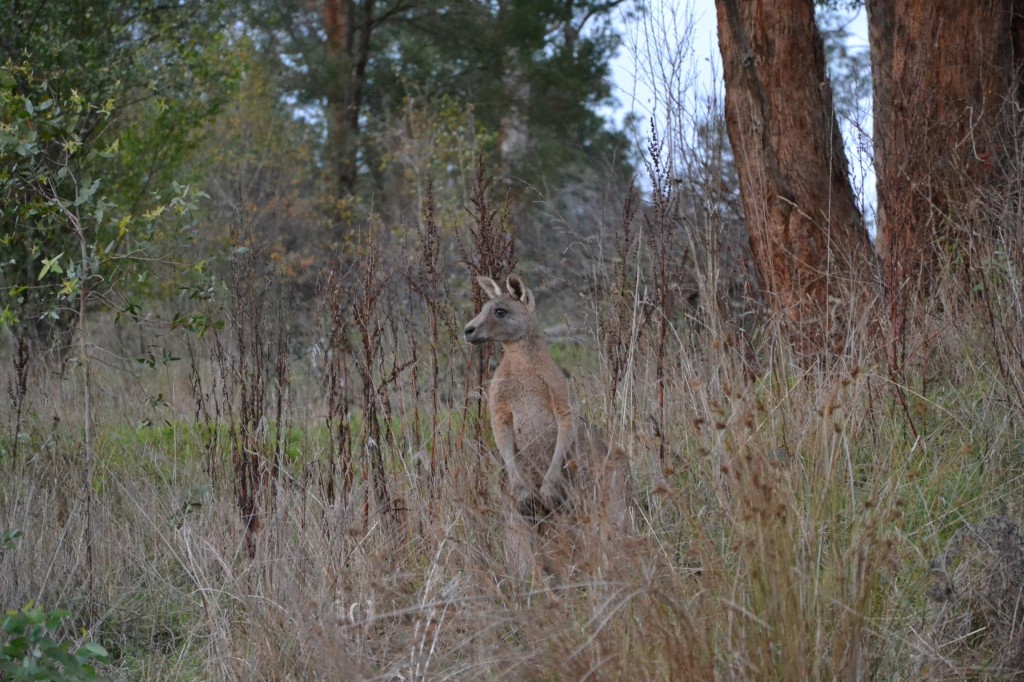
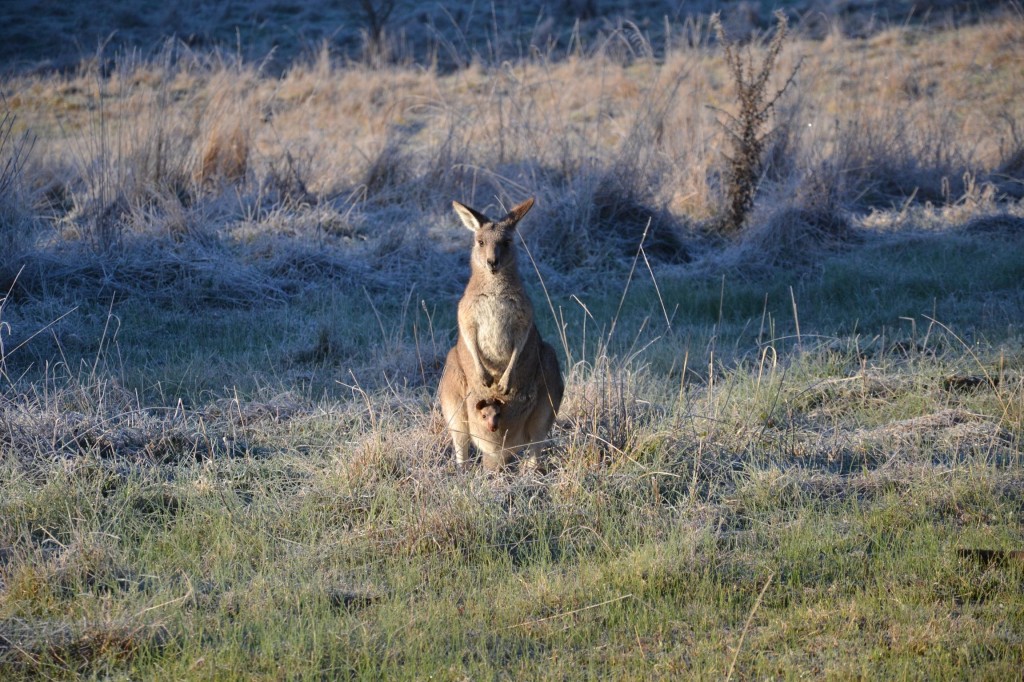
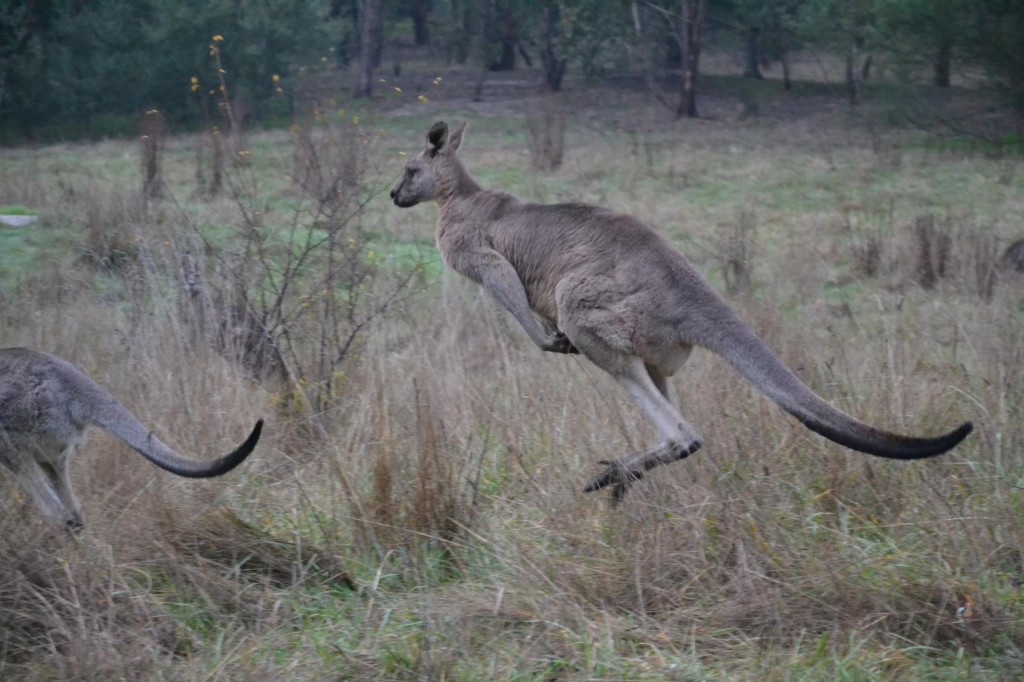
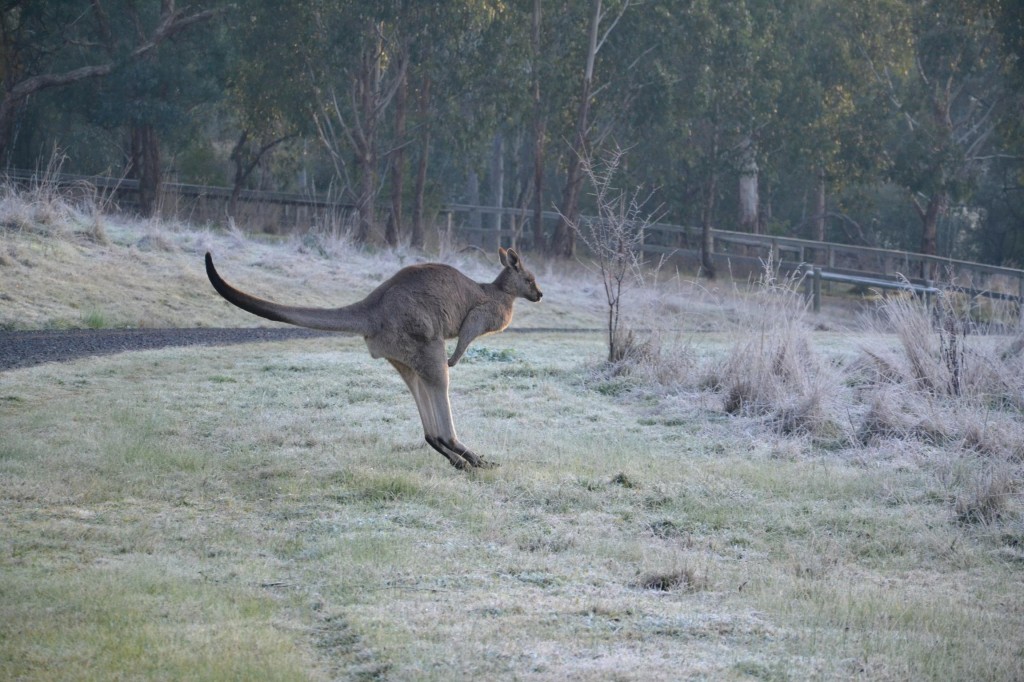
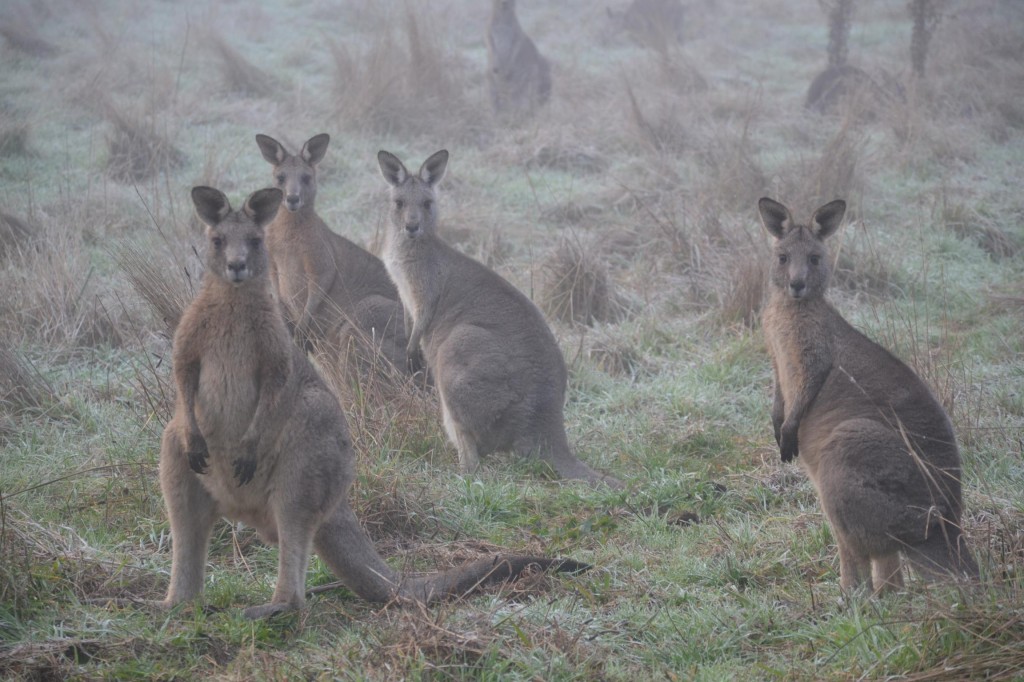
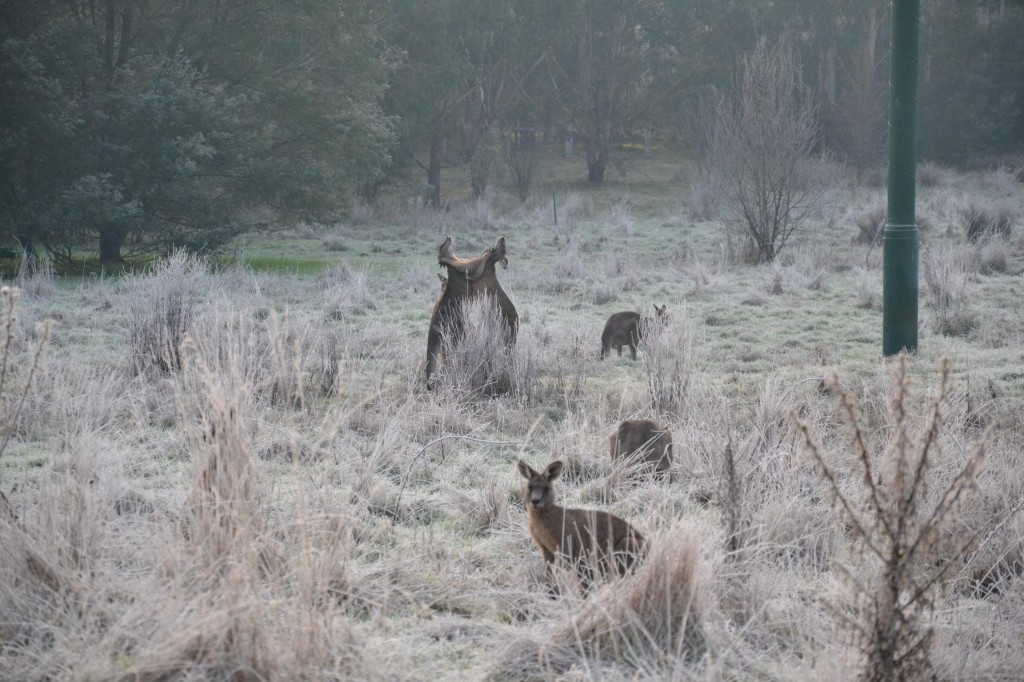
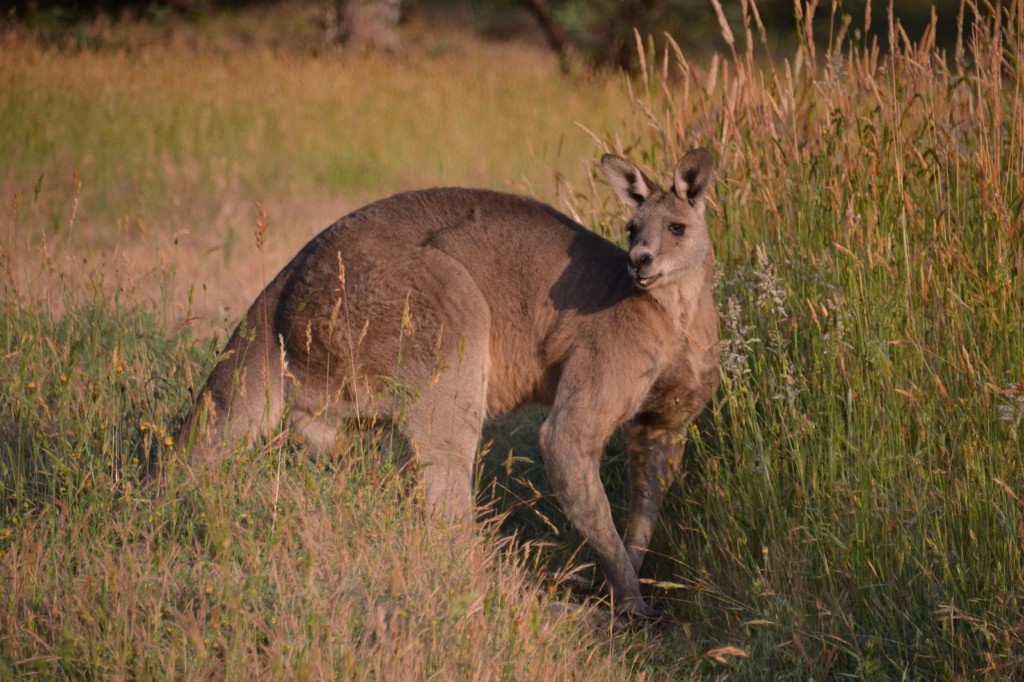
February 26, 2015 at 4:13 am
Hi Rob,
your podcasts are fantastic!
I use them now for some pupils. Thank u so much for sharing them. Is it possible to download ur podcasts as an mp3?
lovely greetings from Paris 🙂
February 26, 2015 at 8:39 am
Hi Rachel,
Many thanks for your message. I am so pleased that you find my podcasts useful. It is possible to subscribe to my podcasts in iTunes or on other podcast sites such as Stitcher.com. Once you subscribe, all the podcasts will download to your device or computer and you can play them through that device. There are many podcasts players available in the iTunes store or the Google Play store, which you can download in order to play the podcasts on your portable device such as an iPhone or Android smart phone. Let me know if you still have problems.
Have a great day.
Rob
February 27, 2015 at 5:42 am
Thank u very much Rob. It works perfectly with the ‘Stitcher-App’.
Have a great day 🙂
March 28, 2014 at 8:28 pm
Another brilliant post Rob! I just love the accompanying photos which capture the bush and our kangaroos in their real life setting. Well done
March 28, 2014 at 8:49 pm
Hi Ray,
Thanks mate. I certainly love photographing the kangaroos. Early in the morning the light has a soft sort of feel, resulting in some pleasant shots.
Cheers,
Rob